Audi A5 Cabriolet (2009-2017) review
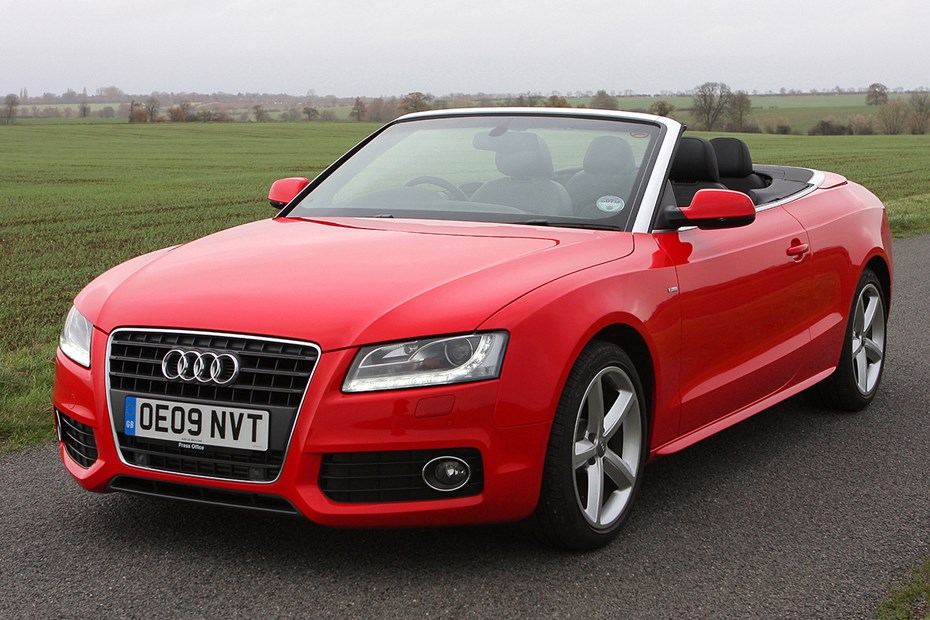
At a glance
| Price new | £28,650 - £46,275 |
|---|---|
| Used prices | £1,753 - £14,280 |
| Road tax cost | £165 - £620 |
| Insurance group | 26 - 43 |
Get an insurance quote with

|
|
| Fuel economy | Not tested to latest standards |
| Range | 408 - 831 miles |
| Number of doors | 2 |
| View full specs for a specific version | |
Available fuel types
Petrol
Diesel
Pros & cons
- Sporty, elegant design
- Refined to drive
- Decent boot space
- Most cars offered are diesel
- A coupe is still more spacious
- Genuine parts can be expensive
Audi A5 Cabriolet (09-17) rivals
Overview
Four seater convertibles like the Audi A5 Cabriolet are brilliant. You get to enjoy open-air motoring, without feeling selfish, and when you do need to get the big shop or go on holiday the rear seat space (if vacant) makes up for the smaller boot. But what if you didn’t need to compromise as often?
Continuing the line that started with the Audi 80, the Audi A5 Cabriolet is a high-quality open-air option that has plenty of class and affordable running costs. Usable all year round, most are comfortable cruisers that are as sensible to run as an Audi A4 saloon – but there are sporty options as well.
The Audi A5 Cabriolet has few direct rivals. A Mercedes CLK is less family friendly, an E-Class Cabriolet, bigger to park, and the Saab 9-3 no longer has a parent company for support. Your most obvious alternative is the BMW 3-Series. It offers a folding hardtop instead, and became the 4 Series before the A5 Cabriolet was refreshed for the Mk II.
What’s special about the Audi A5 Mk1 Cabriolet?
Claiming a prized spot in the wider Volkswagen Group portfolio, the A5 Cabriolet is a mature, thoroughly engineered, and advanced car. It introduced the MLB platform which now underpins many of Audi’s current models. Retaining all the excitement you’d want of roofless driving, with great views, and not too much bluster in the front, it’s quiet and refined with the roof up, and almost as spacious as the hardtop coupe.
The boot is big, the fuel bills – for most models – are small, and at the time it was launched it was a striking design that turned heads, more interesting than the rather dull Audi A4 Cabriolet it replaced.
Crucially it’s one of the few convertibles you’ll find at this price that can happily take four adults without too much discomfort. There are diesel and petrol versions, and high-performance models, and of course as an Audi there’s an all-wheel drive quattro model as well.
There are two generations of Audi A5 Mk 1, with a very effective facelift in 2012 before the visually similar, but technically advanced Audi A5 Mk2 took over in 2017.
Audi A5 Cabriolet engine options
The A5 Cabriolet comes with a choice of 1.8 and 2.0 TFSI petrol engines, the latter available with quattro four-wheel drive. These engines are offered with a choice of six-speed manual or Multitronic CVT automatic gearboxes.
Four diesel units are available, starting with a pair of 2.0 TDIs with either 148 or 177bhp. A 3.0 TDI with a V6 engine and front-wheel drive delivers 204bhp, while the range topping 3.0 TDI quattro has 245bhp, quattro four-wheel drive and a smooth shifting S tronic automatic gearbox.
Audi A5 Cabriolet Mk1 known faults and common problems.
1. Diesel engine emissions
The A5 sits right in the heart of Audi’s popularity with fleet buyers and unrealistically low CO2 claims. This means there are loads of cars available, but most have the 2.0-litre diesel at the centre of the emissions-cheating scandal.
At this age that’s just a matter for your conscience; the reliability of these units is very much tied into maintenance of the pollution control as the basic unit is very tough. They are hard on clutches, though, in manual form.
Pre-facelift models are less complex. The V6 diesel shares the usual injector and emissions problems you would expect with high miles, and adds timing chain tensioner problems to the mix – we wouldn’t go this route without a warranty and good service history.
On diesels, little puffs of black smoke can be normal with age, but watch out for sustained blue/black or white smoke. Make sure your test drive includes a few seconds of full-throttle watching the mirrors.
2. Petrol engine choices
Audi introduced a new generation of four-cylinder engines with the A5, and early models suffer problems with timing chain wear. Higher mileage cars with a poor history of oil changes should be avoided, too.
Later models are better, but all of them share so much with other Volkswagen Group cars any good garage should be able to maintain and repair one. Spares are readily available.
Watch out for oil consumption on early models, misfiring on V6s, and timing chain noise on the 4.2-litre V8. We recommend any of the 2.0-litre TFSI models; they’re quick enough, economical on long runs, and easy to maintain.
3. Who stole the cylinders? Mk1 S5 Cabriolet
Do you want the performance of a sporty Audi V8 with open-air driving? Surely the S5’s 4.2-litre is just the thing! Not so fast – the S5 Cabriolet has a 3.0 V6 and 20hp less.
After the facelift both Coupe and Cabriolet shared the V6, while the potent RS5 retained the V8 and was offered in both styles. If you’re considering a used S5 or RS5 we recommend getting an independent inspection, as these are complex, high-performance models.
4. Get a grip – Quattro versions
Few convertible cars offer the year-round versatility of the Audi A5. Quattro is available across many combinations of engine and gearbox, and it’s one of the best all-wheel-drive systems you can get. Problems are few and far between, but listen for clonks and grinding noises and feel for shuddering on tight corners.
There are two different versions of Quattro system used, both are more robust than the smaller Audi TT and A3’s Haldex systems. A good sign in the car’s history is tyres being replaced in sets of four.
5. Not all gearboxes are equal
Which gearbox you get depends on the engine and year; the A5 can be equipped with a six-speed manual, a CVT automatic (Multitronic), a dual-clutch seven-speed DSG-style automatic (S-Tronic) or a traditional automatic with six or eight speeds and manual override, commonly called Tiptronic. In terms of reliability, the Multitronic is the most troublesome, and the manual is naturally the easiest to maintain.
6. Electrical issues
Most of the electrical systems in the A5 are robust, but connected to bits that may not be. Top of the problem list are the electric windows, which can suffer broken regulators. They’re not difficult to fix. Physical damage and age can affect parking sensors and locking, and engine sensors can fail causing running issues.
7. Don’t blow your top
Compared to rivals the Audi A5’s roof is well-made and reliable, and should last a long time if cared for properly. Most issues are down to the electrical system of latches and sensors, and these can be hard to track down unless you use a specialist.
If you’re looking for easy summer motoring, avoid anything that ‘sometimes doesn’t latch’ or has problems folding. Check the headlining doesn’t get snagged or trapped, too – it’s easy to overlook.
For long-term ownership buying a good car with strong history but a damaged roof could be worth it. Make sure the saving is significant, and spend £1,500-£2,000 to have the roof refurbished by a specialist. Better than paying full price, then a few years later needing to have it done anyway.
8. Interior trim
Checking all the possible options could take a while, but it’s worth doing. Make sure electric seats adjust, key fobs work and windows all operate smoothly (look for scratches in the glass, too). Access to the back seats is good for the kind of car, but not everyone is careful so check the side panels and seat trims for kicks and scuffs.
9. Infotainment
The A5 is of the age where integrated infotainment and navigation fill the dashboard. The older the car, the more dated the tech, but it’s generally reliable. Want the latest features? It’s relatively inexpensive to upgrade Audi’s MMI system with Apple CarPlay and Android Auto support, without losing the factory integrated feel.
10. Running costs and maintenance
Glamourous looks and a stylish open-top experience, yes, but the A5 Cabriolet is essentially a popular fleet and company car underneath. Routine servicing on four-cylinder models is easy and inexpensive, you could choose long-life or more frequent plans (we recommend more frequent servicing without the expense of the long-life oil). There’s very little here to worry about.
S5 and RS5 models are specialist high performance cars, so don’t buy a cheap one expecting cheap consumables.
Anything else to consider?
Not really. If you’re financing an older example, it’s worth comparing the monthly costs you would pay on a newer model on PCP – many banks will lend a new-car style PCP on cars up to seven years old at the end of the term, which means offsetting costs and more flexibility to keep or hand back without tying up too much money, and a newer car will generally qualify for warranty and better support.
Read on to find out what the A5 Cabriolet is like to drive, and how it compares with contemporary rivals.



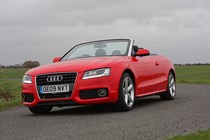
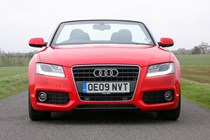
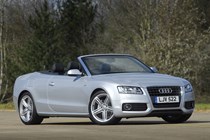
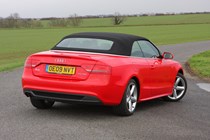
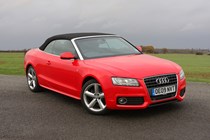

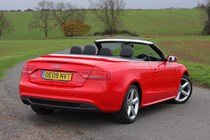
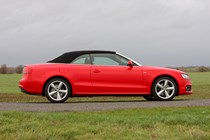
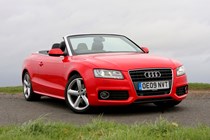
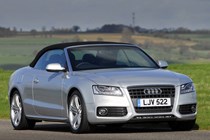
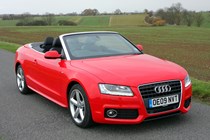
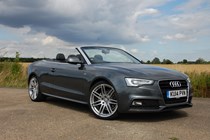
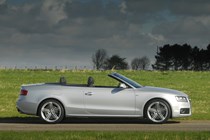
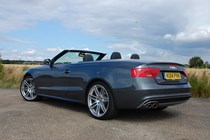
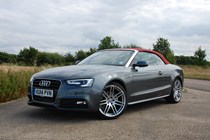
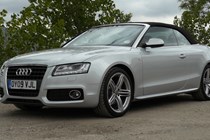
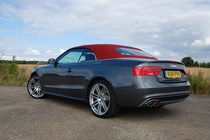
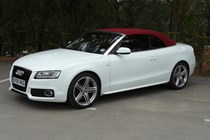
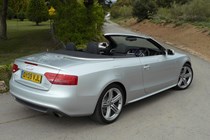
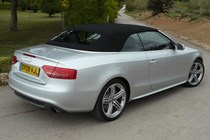
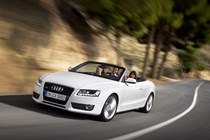
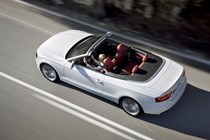
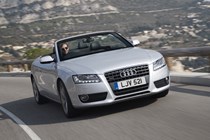
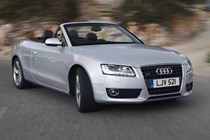
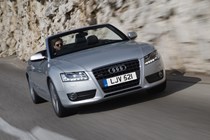
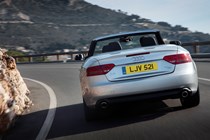
.jpg)
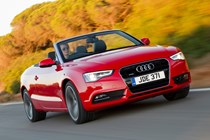
.jpg)
.jpg)
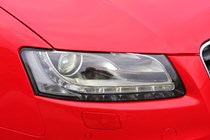
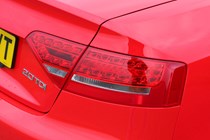

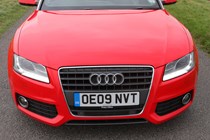
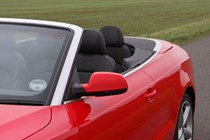
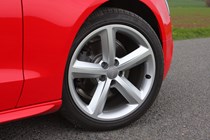
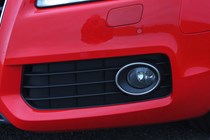

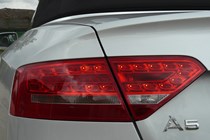
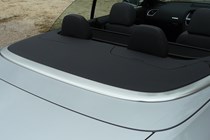
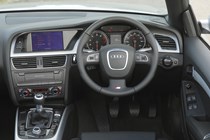

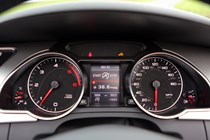
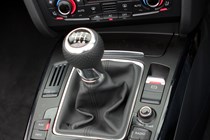
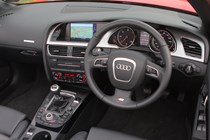

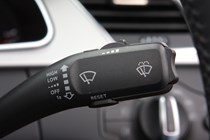
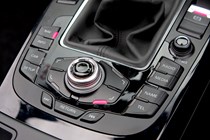
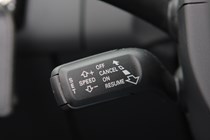
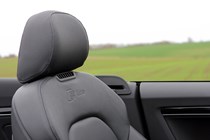
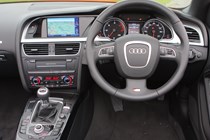
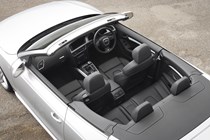
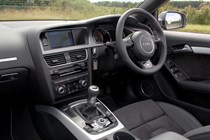
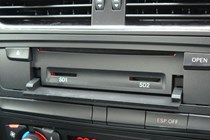
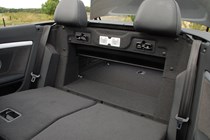
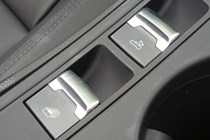

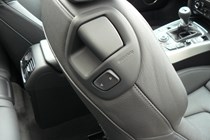
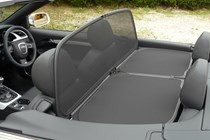
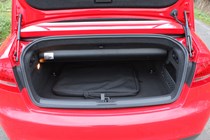
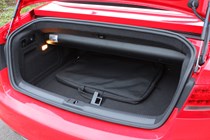
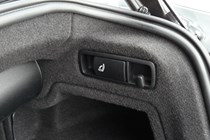
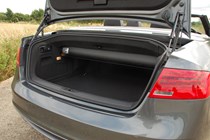
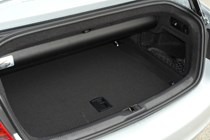
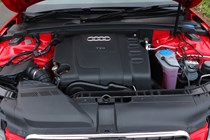
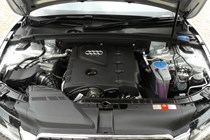
.jpg)
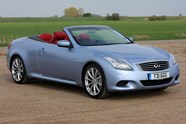
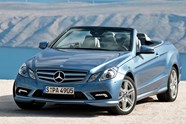



























.jpg?quality=50)

.jpg?quality=50)
.jpg?quality=50)



































